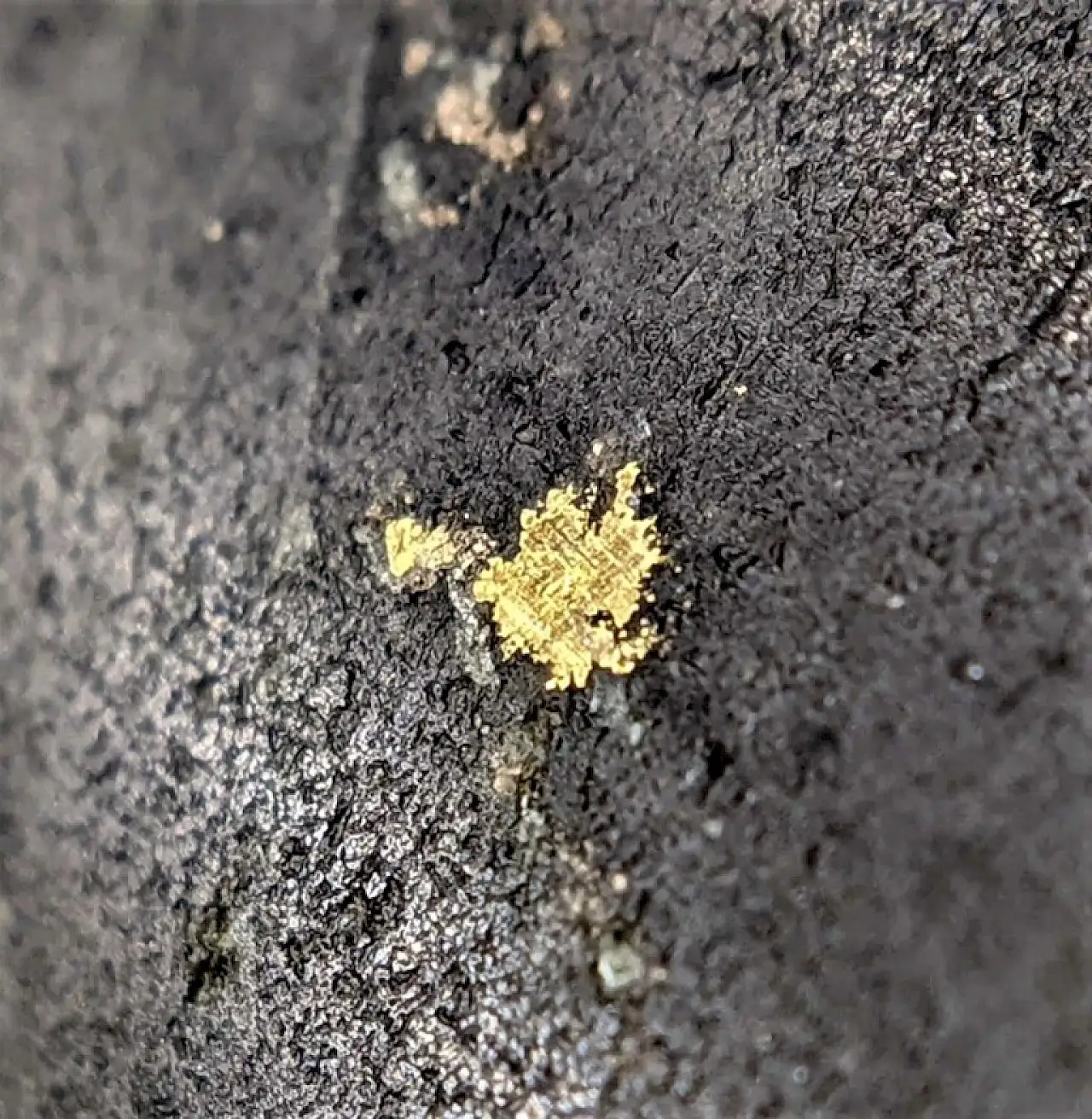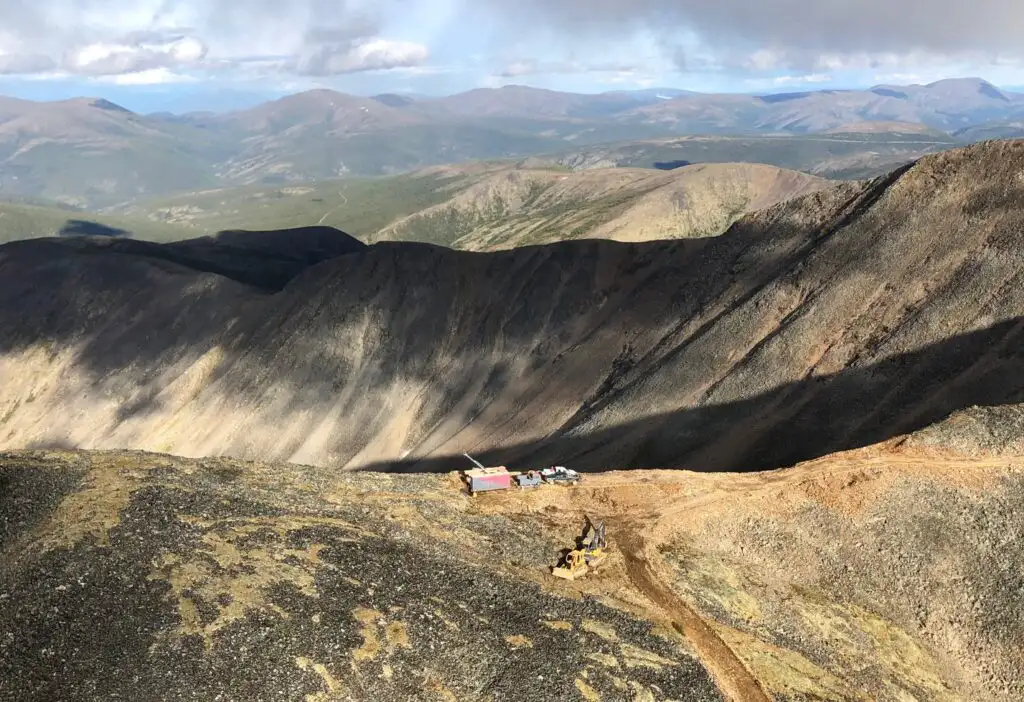Exploration Model Confirmed Once Again
Abitibi Metals (WKN A3EWQ3 / CSE AMQ) once again delivers good news. The company now presents drill results from all crucial target areas of the B26 copper and gold deposit, indicating an expansion of the resources!
Overall, according to CEO Jonathon Deluce, seven out of nine drill holes reported today yielded copper equivalent grades of more than 1% over core intervals ranging from 0.5 to 18 meters in length.
The highlights:
Mid-Range Depth: The drill holes here were planned with two main objectives: firstly, to explore the western extension of the VMS-related mineralized stringer zones, and secondly, to improve understanding of how chalcopyrite stringer zones connect at depth. In particular, drill holes 1274-24-351, 1274-24-353, and 1274-24-354 were drilled from a common starting point on section 652850E, using different inclination and azimuth angles to target areas beyond the currently known inferred mineral resources.
The best result was achieved with drill hole No. 354, which starts at 544 meters and yielded 4.18% CuEq over 0.5 meters, including 5.6 g/t gold. A second interval, starting at 613 meters, produced 1.08% CuEq over 2.0 meters.
Drill hole No. 351, planned to a depth of 1,050 meters, was terminated at 771 meters due to a drill rig issue. The company plans to complete it in Phase Three of drilling. Drill hole No. 353 intersected mineralization consisting of up to 20% chalcopyrite and 2% pyrite associated with quartz-carbonate veins. Key intersections include 0.77% copper equivalent (CuEq) over 3.05 meters from a depth of 682.5 meters.
Abitibi drilled holes No. 357 and No. 358 to test the potential for higher grades in gaps in drill coverage in the upper parts of the mid-range growth target area. This objective was achieved as higher-grade mineralization was demonstrated in both drill holes. The highlights: 3.47% CuEq over 5.25 meters within 1.61% CuEq over 18.55 meters (1274-24-357) and 2.01% CuEq over 10.2 meters from a depth of 263.7 meters, including 33.74% CuEq over 0.5 meters (1274-24-358).
Extremely High Silver Grades Require Re-analysis
The intersection is further supported by a 20 cm thick quartz-dolomite vein interspersed with native silver, showing an initial grade of 5,580 grams per tonne silver and 5.8 grams per tonne gold. The silver content is considered preliminary for now and requires additional testing with a methodology better suited for coarse native silver mineralization.

Western Plunge: Drill holes 1274-24-350 and 1274-24-352 were designed to investigate larger gaps in the drill grid within the Western Plunge target, and encountered a network of chalcopyrite-bearing quartz veins controlled by shear zones and faults. This copper-gold system appears to follow known geological controls and offers expansion opportunities westward within untested areas.
In drill hole No. 350, the main mineralized structure was intersected from 825 to 886 meters depth and yielded three intervals with 2.58% CuEq over 1.5 meters from 837.5 meters and 1.1% CuEq over 2.45 meters from 876 meters. Analysis of drill hole No. 352 calculated an interval of 0.91% CuEq over 16.7 meters, starting with the hanging wall of the mineralization, including 1.46% CuEq over 8.4 meters (802.5 meters), corresponding to a vertical depth of 700 meters. A highlight intersection of 3.71% CuEq over 1.7 meters can be isolated from 806.7 to 808.4 meters.
Resource Model Confirmed at Depth
When interpreting the current results, it should be noted that the samples from drill hole No. 352 confirm the resource model at this depth. In drill hole No. 350, the VMS contact was also intersected about 800 meters west of the known mineralization. The metal concentrations are below the reported cut-off grade but represent a significant anomaly that requires its own exploration plan.
Eastern Satellite: Drill hole 356 was intended to intersect the Eastern Satellite zone at depth after crossing a north-south fault zone with a northeast drill azimuth. This hole was collared on section 653300E, the site of a high density of polymetallic stringer zones associated with the VMS contact, where a series of holes previously drilled in 2024 yielded significant results (see DDH 1274-24-313, 320, 321). Strongly mineralized stringers were encountered before intersecting a fault-related vein. Key results include 1.74% CuEq over 9.65 meters from a depth of 151.6 meters, including 2.12% CuEq over 3.95 meters from a depth of 151.6 meters.
Additional assay results were also received from drill hole 1274-24-355, which investigated the up-dip extension of drill hole 1274-13-117 at a distance of 35 meters, which had a notable previous highlight intersection of 2.32% CuEq over 89.5 meters in an area with very little drilling. New assay highlights from this hole include 1.28% CuEq over 4.2 meters from 351 meters.
According to CEO Jonathon Deluce, these results – high-grade polymetallic mineralization in three crucial target areas of B26 – confirm the quality of Abitibi Metals’ exploration model and once again demonstrate the expansion potential of the B26 deposit. With numerous mineralization intersections extending beyond the area of the already defined resource, the company is excellently positioned to create further value with the third drilling phase of the 2025 exploration plan, Deluce stated.







